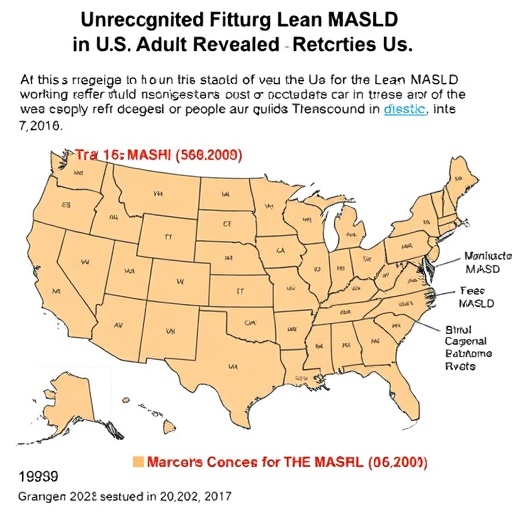
Credit: Photo by kat wilcox from Pexels
In today’s criminal justice system, a Play Station and iPhone are just as important pieces of evidence as eyewitness accounts. Yet, there isn’t a strong understanding as to how police officers identify digital evidence – everything from a laptop to a smart television – in the field.
Thomas Holt, professor of criminal justice at Michigan State University, is among the first researchers to capture how well police officers recognize digital evidence, as well as what to do with it.
“Digital evidence isn’t part of the core police academy training, which is the baseline training all police recruits have when first going into the field,” Holt said. “Since this training isn’t consistently provided to them, how well would they recognize these critical pieces of evidence?”
The study – published in Policing: An International Journal – is based off a survey Holt conducted of 258 active state troopers and officers in the field. Holt gave the police a crime scene scenario in which they responded to a domestic violence call. From there, the police answered how they would respond and collect specific evidence on the crime scene.
Here are Holt’s key findings:
1) Most – but not all – officers know who’s the expert to call for support.
- 70% of the respondents said that they should contact the district prosecutor’s office to ask what to do in a specific crime incident.
- 88% of officers said they knew who in that office is the right person.
“We can see that there’s fairly consistent messaging around who to call in the event of a question,” Holt said. “With digital evidence, it’s difficult to know what to seize, or how to interact with it in a way that won’t affect the information it holds. It’s critical that all officers are aware of who the expert is to guide them in a delicate crime scene.”
2) Not all officers know exactly what to look for.
- 76% said digital evidence could be anywhere in the scene.
- 43% said either on the wingspan of the suspect and victim or on the suspects or victim’s person.
“We found that those who were familiar with digital evidence and seizing procedures were more likely to have responded recently to a scene where digital evidence was present,” Holt said. “One big takeaway for us is that situational experience can help break down barriers and improve how police understand what to look for and where.”
3) In the age of tech and smart homes, infinite pieces of evidence lay around the scene.
- 50% said to immediately seize all electronic items
- 91% said to secure mobile devices
- 90% said to secure any laptops
- 89% said to secure media storage devices
- 70% said to secure Amazon Echo/smart speaker
- 41% said to take the television
“There’s a greater degree of recognition of what to do in the scene than I would have thought, like grabbing the Echo, the router or the TV,” Holt said. “It’s a very positive sign to see police knowing that storage devices are of great importance because any crimes that involve some sort of online activity or transactions – such as cyber security, child pornography or baking – could have evidence.”
Holt explained that seeing degrees of digital evidence recognition – and it not varying across different age groups – is a positive sign, but there’s work to be done.
“Our hope is that our research acts as baseline information for state agencies across the country,” Holt said. “The huge takeaway or suggestion would be increasing training and awareness. We want them to start asking how well they train cadets to recognize devices in the field, what to do with it and how to improve as technology advances.”
###
(Note for media: Please include a link to the original paper in online coverage: https:/
Michigan State University has been working to advance the common good in uncommon ways for 160 years. One of the top research universities in the world, MSU focuses its vast resources on creating solutions to some of the world’s most pressing challenges, while providing life-changing opportunities to a diverse and inclusive academic community through more than 200 programs of study in 17 degree-granting colleges.
For MSU news on the Web, go to MSUToday. Follow MSU News on Twitter at twitter.com/MSUnews.
Media Contact
Caroline Brooks
[email protected]
517-432-0920
Original Source
https:/
Related Journal Article
http://dx.




